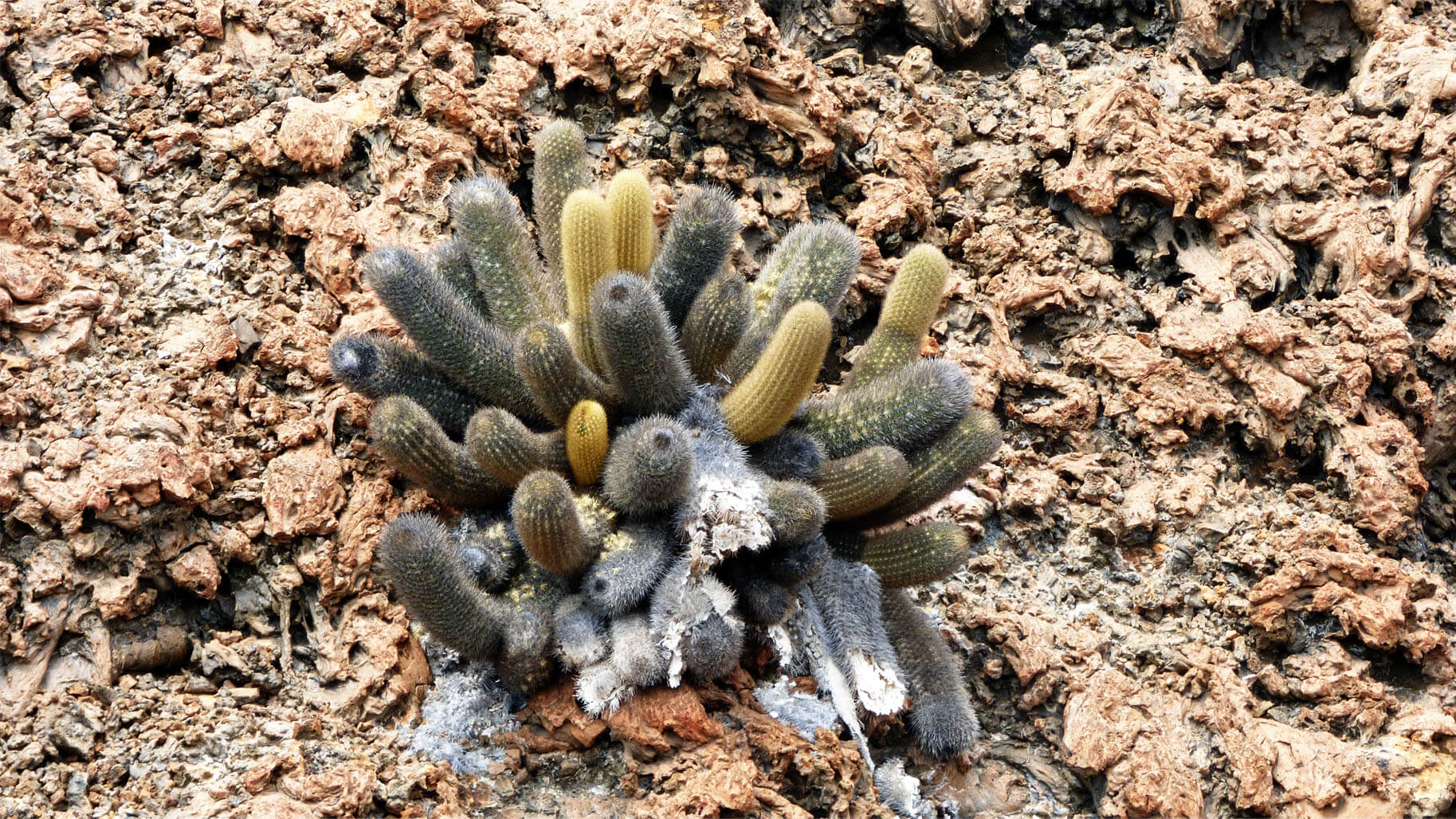Adapting to Environments
Through evolution, species adapt over time to become better suited to their environments. Adaptation is a key process through which species change their physical characteristics. These characteristics are passed down to subsequent generations, which also benefit from a biological advantage.Adaptation
Cacti species have evolved to cope with hot dessert habitats by growing spines instead of leaves. This reduces the plants surface area and minimises the amount of water that is lost through evaporation. By successfully adapting to the environment, the lava cactus is one of the first species to colonise the bare volcanic rock on a new island in Galapagos where freshwater is sparse.
Adaptation occurs when:
- The environment changes or a species is introduced to a new environment.
- A species is able to survive in the changed habitat for long enough to adapt.
- There is genetic variation within a species, so that some individuals are better suited to the new environmental conditions than others.
Inheritance of favourable characteristics
Individual animals or plants of the same species have varying genes and their physical characteristics vary as a result. The individuals with the characteristics best suited to the new environment will be most likely to survive and reproduce. Through reproduction, genes are passed on to offspring. This passes down the genes coding for physical characteristics suited to the new environment. Individuals less suited to the environment may not thrive and their genes are less likely to be passed onto the next generation. Only genes coding for physical characteristics suited to the environment will be passed from generation to generation. Over the course of several generations, the genetic make-up of a species will slowly change and their physical characteristics will adapt to the needs of the environment. This adaption results in evolution. Due to evolution happens very slowly, it is rare to observe it happening!

